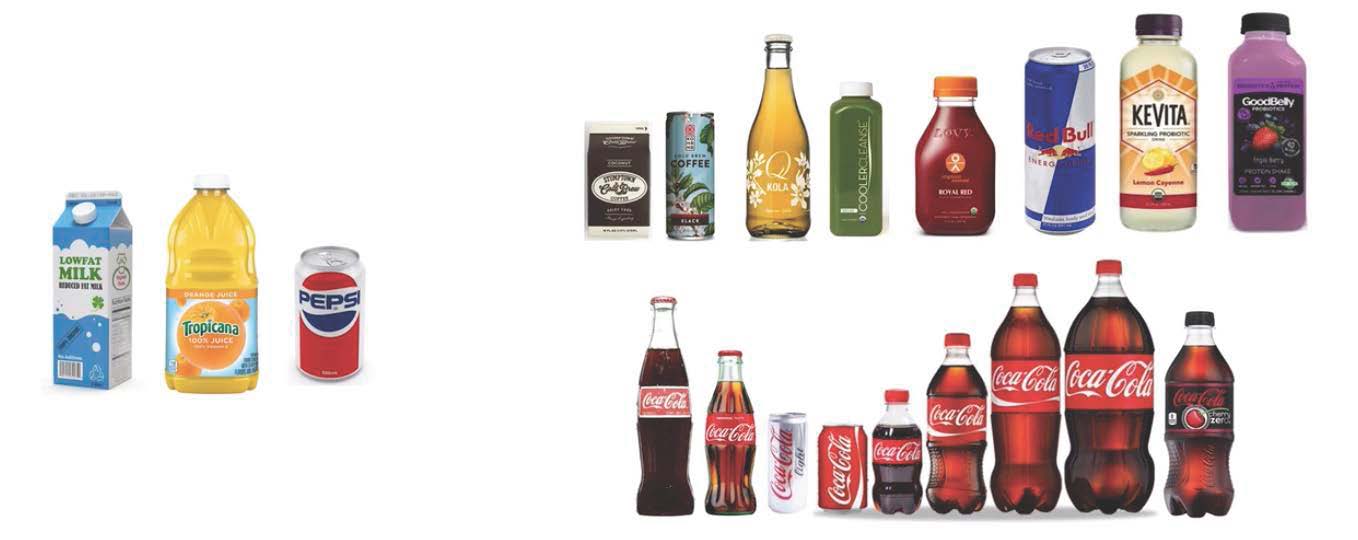
With the increasingly varying package shapes and sizes, it’s becoming more challenging to pack out a truck to its capacity, maintain stability, and remove products at multiple locations. There are weight limitations to keep in mind, but we also want to fill the truck as completely as possible. This may mean using different types of secondary packaging- whether film wrap, paperboard, or plastic carriers to try to keep the packages as stable as possible. Even packages that might be sold at retail as a single bottle will be wrapped in a secondary package just for ease of shipment. If new package configurations are on a truck, it is crucial to test for back and forward stability (as a truck stops and starts), while for rail loads it is vital to check for side to side stability (as a rail car tends to shift from side to side).
Changes in the package itself have an impact on transportation and delivery. Most beverages today are in plastic (PET) bottles. In order to improve sustainability and cost, plastic bottles are molded with significantly reduced weights than even a few years ago. While design changes help to increase the bottle stability, any change in the integrity of the package often changes the stability during transport. This is especially true for palletization. How the bottles are stacked on a pallet, what type of pallet is used, and how many pallets can be stacked on top of each other all need to be considered as the package changes. Changes have also been made to the shipping pallets to both decrease weight (to get more pallets on a truck) and to design them more effectively for package stability. Pallet configurations in a truck are maximized for package stability. In some cases, additional packaging, such as airbags, might be required to keep the load stable during transport.
While variety may be great for the consumer, it has posed some interesting transport challenges that many in the beverage industry are still working to resolve. Check out your free trial of the 100% online Fundamentals of Beverage Technology course here to learn more.







